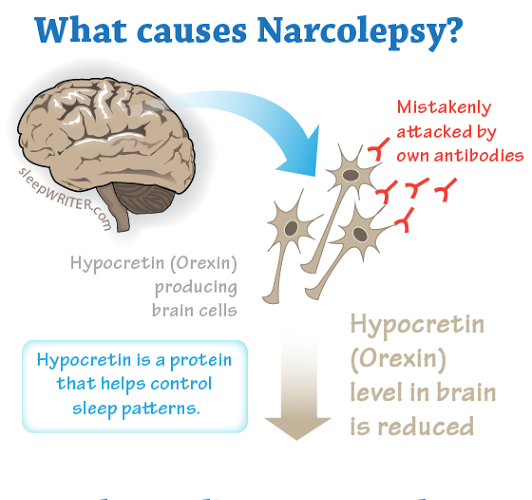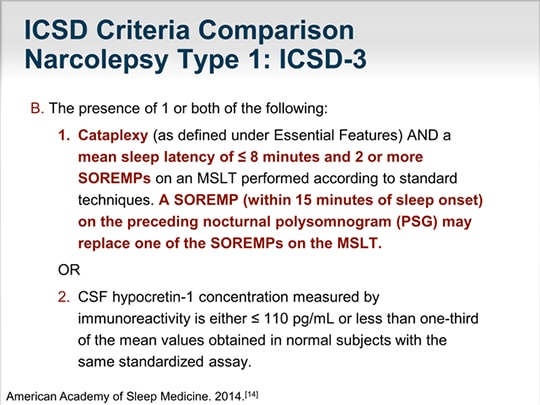

NARCOLEPSY WITH CATAPLEXY TYPE 1 PORTABLE
In some cases, testing for narcolepsy can be performed in the home with portable overnight EEG testing. If the facility testing doesn’t confirm narcolepsy, a spinal fluid sample may be obtained and sent out for hypocretin levels. The most common test for narcolepsy involves coming to our patient-friendly sleep testing center and doing an overnight test (PSG) followed by a daytime nap test (MSLT). Your Sound Sleep Health provider diagnoses narcolepsy with numerous tests and a consultation, where you’ll discuss your medical history, your current symptoms, and details about your sleep schedule and sleep quality. Underlying risk factors for narcolepsy include genetic predisposition, certain viruses such as influenza, head trauma, MS and stroke. For people with type 1 narcolepsy, episodes of cataplexy typically begin after the onset of excessive sleepiness Trusted Source Oxford Academic Journals (OUP) OUP publishes the highest quality journals and delivers this research.

Rarely, narcolepsy results from traumatic injury to parts of the brain that regulate wakefulness and REM sleep or from tumors and other diseases in the. Many narcoleptics have low hypocretin levels. People diagnosed with type 1 narcolepsy experience episodes of cataplexy, while people with type 2 narcolepsy do not. However, clusters in families sometimes occurup to 10 of individuals diagnosed with narcolepsy type 1 (with cataplexy) report having a close relative with similar symptoms. Most researchers believe that the most common form of narcolepsy, type I, results from loss of brain cells that make a specific neurotransmitter in your brain called hypocretin, which regulates REM sleep and wakefulness. 2017 29(3-4):185-192.There are probably several underlying mechanisms that result in narcolepsy, and research into these mechanisms is ongoing.

It is characterised by severe, irresistible daytime sleepiness and sudden loss of muscle tone (cataplexy), and can be associated with sleep-onset or sleep-offset paralysis and hallucinations, frequent movement and awakening during sleep, and weight gain. A case-control study of the environmental risk factors for narcolepsy. Narcolepsy with cataplexy is a disabling sleep disorder affecting 0.02 of adults worldwide. Narcolepsy as an immune-mediated disease. De la Herran-Arita A, Garcia-Garcia F.Narcolepsy onset is seasonal and increased following the 2009 H1N1 pandemic in China. T cells in patients with narcolepsy target self-antigens of hypocretin neurons. Latorre D, Kallweit U, Armentani E, et al.Genetic association, seasonal infections and autoimmune basis of narcolepsy. Hypocretin neurons are involved in helping to maintain the balance between sleep and wake The cause of narcolepsy type 2 (without cataplexy) is not known. Transgenic archaerhodopsin-3 expression in hypocretin/orexin neurons engenders cellular dysfunction and features of type 2 narcolepsy. Williams R, Tsunematsu T, Thomas A, Bogyo K, Yamanaka A, Kilduff T.Cataplexy with normal sleep studies and normal CSF hypocretin: an explanation? J Clin Sleep Med. Predictors of hypocretin (orexin) deficiency in narcolepsy without cataplexy. Localized loss of hypocretin (orexin) cells in narcolepsy without cataplexy.

Cataplexy does not affect the ability to. Episodes of cataplexy typically last for up to a couple of minutes, during which time the person is both conscious and awake. It involves a sudden loss of muscle power which is triggered by strong emotion such as laughter. It is usually brought on by a change in emotional state, such as laughing. Cataplexy occurs with classic narcolepsy, now referred to as narcolepsy type 1. Cataplexy is defined as a sudden uncontrollable paralysis in the muscles of the face, arms, legs or core. Type 1 : Type 1 narcolepsy is formerly known as narcolepsy with cataplexy. Narcolepsy – clinical spectrum, aetiopathophysiology, diagnosis, and treatment. A third type, known as secondary narcolepsy, can develop after a brain injury.


 0 kommentar(er)
0 kommentar(er)
